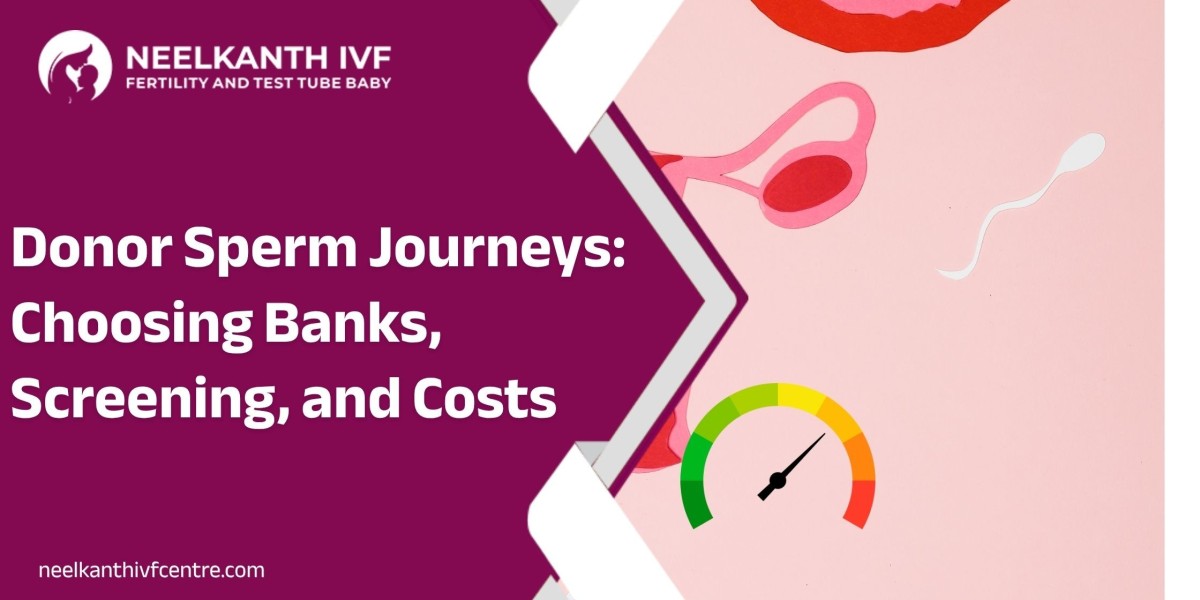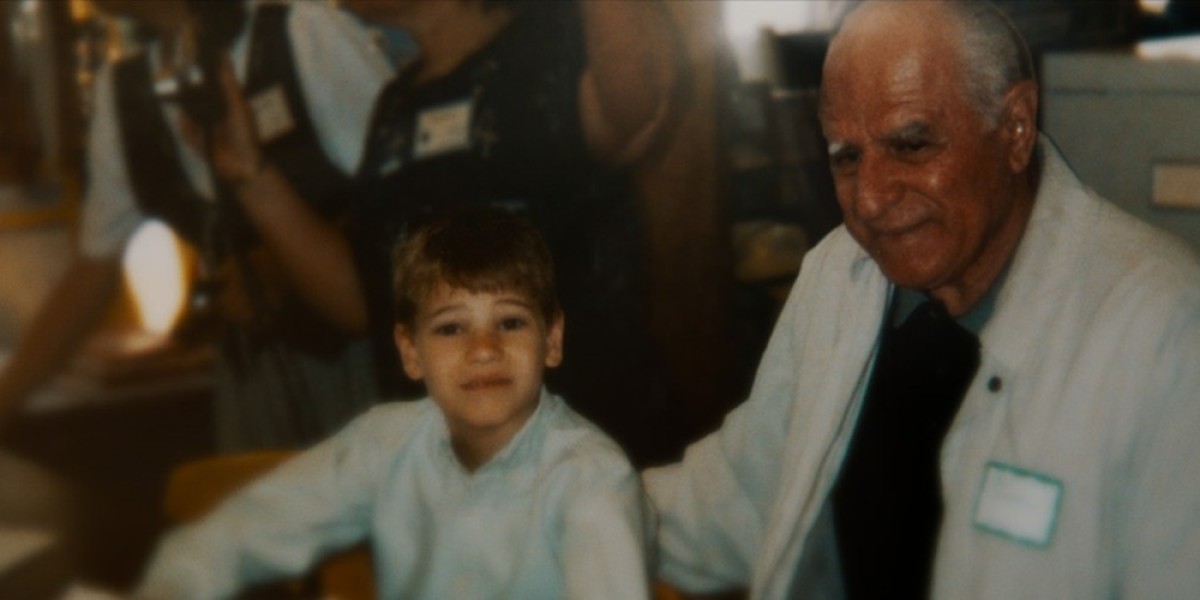For many individuals and couples, the path to parenthood involves exploring options beyond their own biology. Using donor sperm has become a common and highly successful component of the best infertility treatment plans for single mothers by choice, LGBTQ+ families, and couples facing severe male factor infertility. While it opens a world of possibility, the journey can feel overwhelming. You are faced with deeply personal decisions, from selecting a donor to navigating the logistics of sperm banks and associated costs.
This guide is designed to demystify the process. We will walk you through the critical steps: how to choose a reputable sperm bank, what to expect from the rigorous donor screening process, and how to understand and plan for the financial investment. Arming yourself with this knowledge can transform a daunting task into an empowering and hopeful journey toward building your family.
Step 1: Choosing a Reputable Sperm Bank
Your first major decision is selecting a sperm bank. This organization will be your partner in one of the most important decisions of your life, so choosing wisely is crucial. Not all banks are created equal. They differ in their donor pools, screening protocols, costs, and philosophies.
Key Factors to Consider
Accreditation and Licensing: Ensure the bank is licensed and adheres to the guidelines set by governing bodies like the Indian Council of Medical Research (ICMR). This guarantees that they follow strict protocols for screening, processing, and storing samples.
Donor Information and Anonymity: Banks have different policies regarding donor information. Some operate on a completely anonymous basis, while others offer "open-ID" or "ID-disclosure" donors who agree to be contacted by the offspring once they reach the age of 18. Consider what level of information is important to you and your future family.
Size and Diversity of Donor Pool: A larger, more diverse pool of donors gives you more options. Look for a bank that provides a wide selection of donors with varied ethnic backgrounds, physical characteristics, educational levels, and interests. Many banks offer extensive donor profiles that include childhood photos, essays, and even audio interviews.
Customer Service and Support: You will be interacting with the bank's staff frequently. Are they responsive, knowledgeable, and compassionate? Good support can make a significant difference during what can be a stressful process. This is a key part of receiving the best infertility treatment experience.
Step 2: Understanding the Rigorous Donor Screening Process
One of the biggest advantages of using a sperm bank is the extensive screening every donor undergoes. This process is designed to minimize the risk of passing on infectious or genetic diseases to you or your child. It is far more comprehensive than what is possible with a known or private donor.
The Multi-Layered Screening Protocol
A reputable sperm bank’s screening process is exhaustive and includes several key stages:
Initial Application: Potential donors complete a detailed questionnaire covering their personal and family medical history for at least three generations. This initial step filters out individuals with a known history of significant hereditary conditions.
Semen Analysis: Candidates provide multiple semen samples for analysis. These samples are tested for sperm count, motility (movement), and morphology (shape). Only men with exceptionally high-quality sperm are considered for the program.
Infectious Disease Screening: Donors are tested for a long list of infectious diseases, including HIV, Hepatitis B and C, syphilis, gonorrhea, and chlamydia. Samples are quarantined for six months and the donor is re-tested before the samples are released for use. This quarantine period ensures that a recent infection, not yet detectable, is not present.
Genetic Carrier Screening: This is a crucial part of modern donor screening. Donors are tested for dozens, sometimes hundreds, of recessive genetic conditions like Cystic Fibrosis, Sickle Cell Anemia, and Tay-Sachs disease. If you are also a carrier for the same condition, using that donor would create a risk for your child. Many fertility clinics recommend that recipients undergo genetic screening as well to ensure a safe match. This level of detail is a hallmark of the best infertility treatment.
Psychological Evaluation and Interview: Candidates undergo a psychological assessment and an in-depth interview with a trained professional. This helps assess their motivations, emotional stability, and understanding of the long-term implications of being a sperm donor.
This rigorous process means that only a very small percentage of applicants—often less than 1%—are ultimately accepted as donors.
Step 3: Navigating the Costs and Logistics
Understanding the financial aspect of using donor sperm is essential for planning your fertility journey. The costs can be broken down into several components, and it is important to get a clear estimate from both the sperm bank and your fertility clinic.
Breakdown of Potential Costs
Purchasing Vials: The primary cost is the sperm itself. You will purchase vials of sperm from the bank. Prices vary based on the type of vial (IUI-ready vs. IVF-ready) and the donor's information level (open-ID donors often cost more). Most people purchase several vials to have enough for multiple treatment cycles.
Sperm Bank Fees: In addition to the cost per vial, banks may charge account setup fees, fees for accessing full donor profiles ("full access" memberships), and shipping fees. Shipping is done in specialized cryogenic tanks and can be a significant expense.
Storage Fees: If you purchase multiple vials at once, you will need to pay the sperm bank or your fertility clinic an annual fee to store them until you are ready to use them.
Treatment Costs: The cost of the sperm is separate from the cost of the medical procedure. Depending on your situation, this could be an Intrauterine Insemination (IUI) cycle or an In Vitro Fertilization (IVF) cycle. IVF is more complex and therefore more expensive than IUI.
When planning your budget, factor in the possibility that you may need more than one cycle to achieve a pregnancy. Discussing these financial aspects openly is part of what makes for the best infertility treatment experience.
Making the Final Decision
Choosing a donor is a deeply personal process. After you have selected a bank and reviewed profiles, you will be looking at characteristics, essays, and health histories to find someone who feels right for your family. Trust your instincts, but also lean on the data provided.
Take your time with this decision. It is okay to feel a mix of emotions—excitement, nervousness, and hope. This is a significant step, and every feeling you have is valid.
Conclusion
The journey with donor sperm is one of careful research, thoughtful decision-making, and incredible hope. By selecting a reputable sperm bank, trusting the rigorous screening process, and planning for the associated costs, you can navigate the path with confidence. This process is a testament to how science and compassion can come together to help build families.
Remember, you are not alone in this. Your fertility team is there to guide you through every step, from choosing a donor to performing the final procedure. For personalized advice and support on your specific journey, consulting with the best IVF doctor in India will ensure you receive expert guidance tailored to your unique needs, helping you move forward with clarity and optimism.




